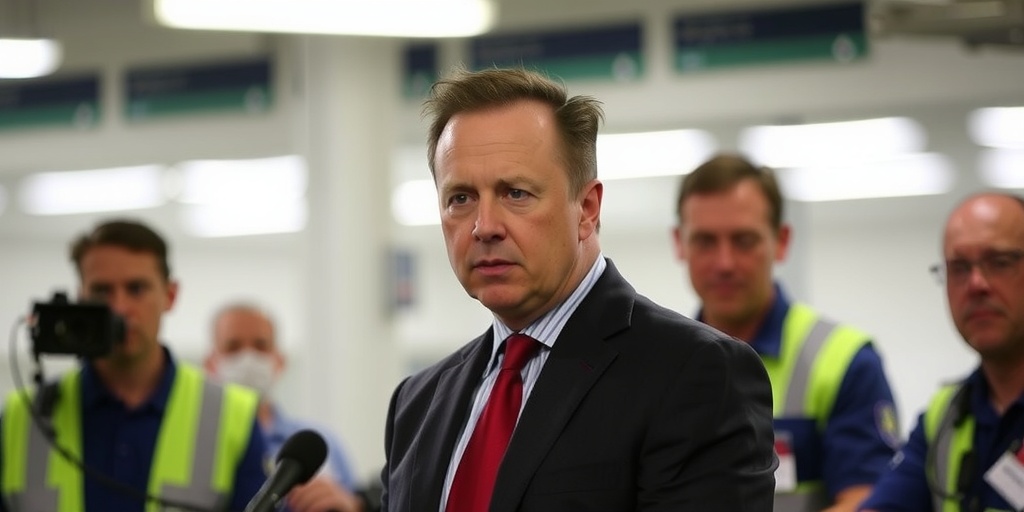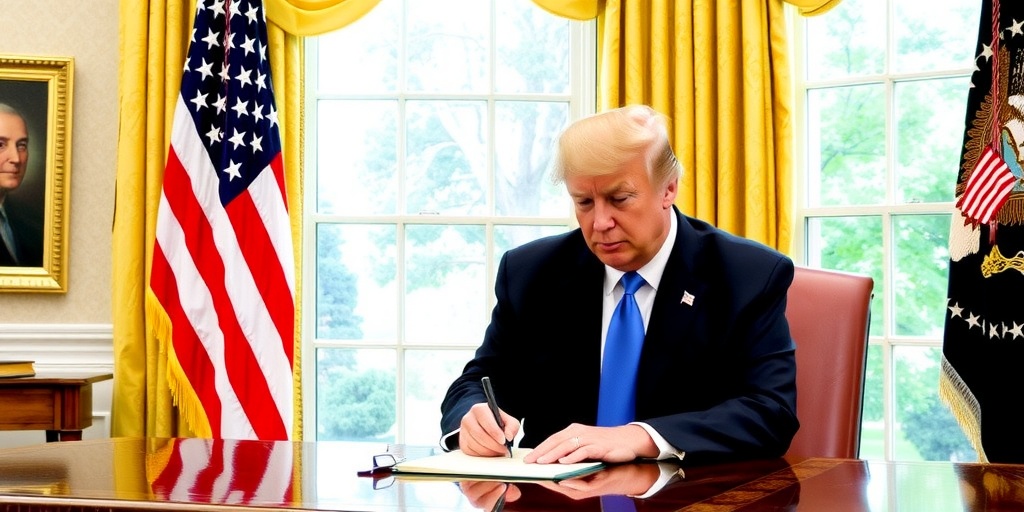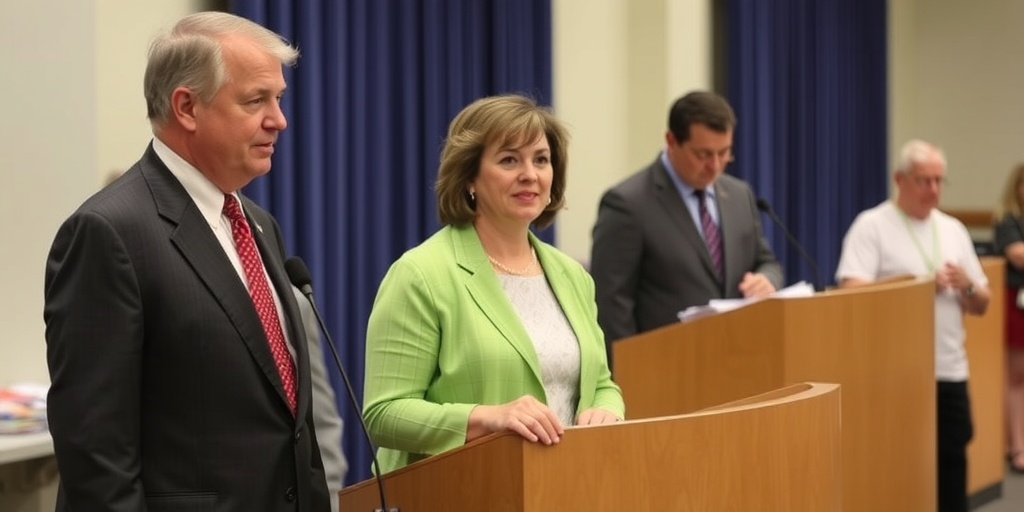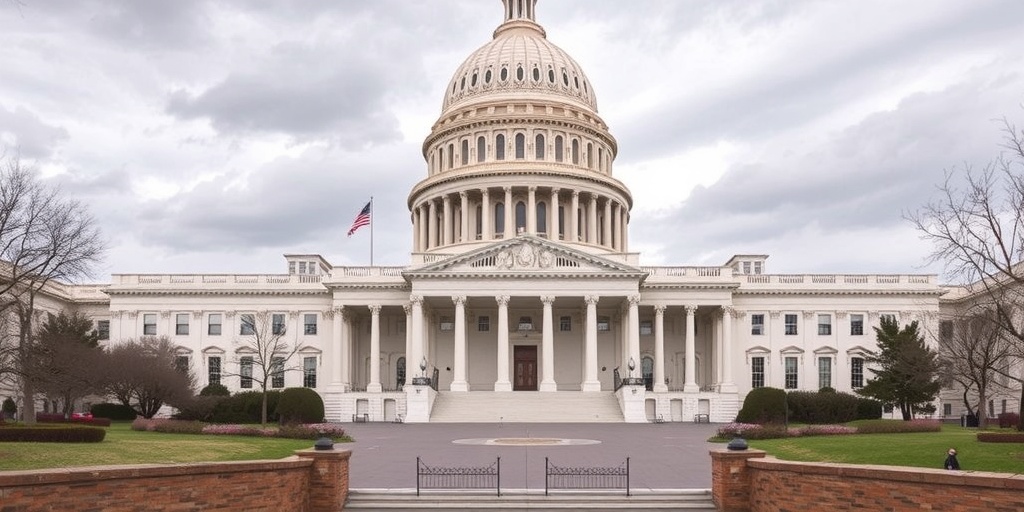Now Reading: Tariffs Expected to Impact U.S. Renewable Energy Sector
-
01
Tariffs Expected to Impact U.S. Renewable Energy Sector
Tariffs Expected to Impact U.S. Renewable Energy Sector
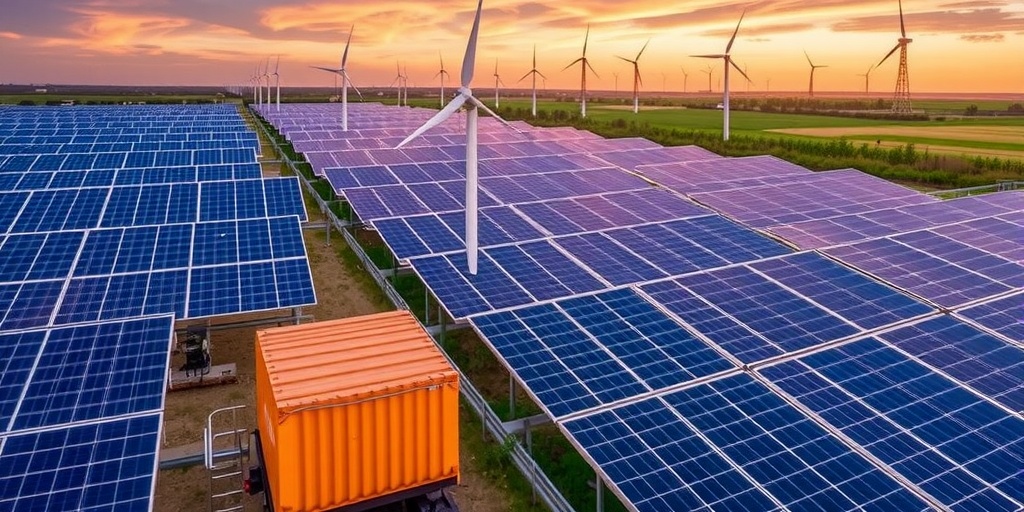
Tariffs Threaten Growth in U.S. Renewable Energy Sector
In a move that has sparked concern among industry analysts, President Trump’s proposed tariffs are expected to significantly increase the costs associated with building renewable energy projects in the United States. This comes at a time when the renewable energy industry is already grappling with numerous challenges, and these tariffs could exacerbate the situation further.
The machinery required for renewable energy generation often relies on complex global supply chains. For instance, wind turbines are composed of thousands of individual parts sourced from various suppliers worldwide. With the introduction of tariffs, the cost of importing these essential components is likely to rise, leading to heightened overall project expenses. Endri Lico, an analyst with Wood Mackenzie, a prominent consulting firm, noted the complexity involved in turbine manufacturing, remarking, “A turbine consists of thousands of subcomponents.”
In 2023, estimates indicate that the United States imported approximately $1.7 billion worth of wind-related components, with a significant portion sourced from regions such as Europe, Mexico, Vietnam, and India. With Mr. Trump’s proposed tariffs, which could be as high as 25 percent, the prices for these imported goods are expected to rise considerably. Lico positioned that such an increase could lead to a 10 percent hike in the cost of land-based wind turbines and a 7 percent rise in the overall expenses of constructing renewable energy facilities.
The implications of these cost increases extend beyond mere project budgets. As project expenses grow, the price of electricity generated from these renewable sources could also rise, creating a ripple effect that may discourage the development of new power projects. This is particularly concerning as demand for electricity is projected to surge, driven by the rising need to power data centers and electric vehicles, among other technological advancements.
Prior to the looming threat of tariffs, industry analysts had already moderated their expectations for renewable energy growth in the United States. This adjustment was partly due to the prevailing skepticism from the Trump administration towards renewable initiatives. As a result, analysts have revised their forecasts, indicating that only a limited number of multibillion-dollar offshore wind projects that several East Coast states are counting on to meet their clean energy targets are likely to move forward in the coming years.
The financial markets have also taken note of these developments. Share prices of key industry players, such as Vestas Wind Systems, a Denmark-based turbine manufacturer, and Orsted, a leading Danish offshore wind developer, have experienced significant declines over the past year as investor confidence waned. However, amidst the uncertainty, both companies’ stock values saw a slight recovery on Wednesday, indicating that some investors might be cautiously optimistic or looking for opportunities amidst volatility.
In response to the potential financial strain imposed by tariffs, manufacturers like Vestas and GE Vernova—one of its main domestic competitors—are exploring ways to adapt their sourcing strategies. Lico mentioned that these turbine manufacturers have factories located in various regions, which could allow them to adjust their sourcing of components and alleviate some of the adverse effects of the proposed tariffs.
Interestingly, U.S. imports of land-based wind equipment have already seen a notable decline in recent years. This downturn is largely attributed to a surge in domestic manufacturing, a trend that has been bolstered by the Biden administration’s Inflation Reduction Act, designed to stimulate the renewable energy sector.
As the U.S. navigates through these turbulent economic waters, the renewable energy industry stands at a crossroads. The outcome of the proposed tariffs could have long-lasting ramifications, not just on the industry’s growth trajectory but also on the nation’s overarching energy strategy and its ability to meet climate change commitments. Industry stakeholders, policymakers, and consumers alike are watching closely as these developments unfold, aware that the decisions made today will shape the future of renewable energy in America for years to come.
Stay Informed With the Latest & Most Important News
Previous Post
Next Post
-
 01New technology breakthrough has everyone talking right now
01New technology breakthrough has everyone talking right now -
 02Unbelievable life hack everyone needs to try today
02Unbelievable life hack everyone needs to try today -
 03Fascinating discovery found buried deep beneath the ocean
03Fascinating discovery found buried deep beneath the ocean -
 04Man invents genius device that solves everyday problems
04Man invents genius device that solves everyday problems -
 05Shocking discovery that changes what we know forever
05Shocking discovery that changes what we know forever -
 06Internet goes wild over celebrity’s unexpected fashion choice
06Internet goes wild over celebrity’s unexpected fashion choice -
 07Rare animal sighting stuns scientists and wildlife lovers
07Rare animal sighting stuns scientists and wildlife lovers














